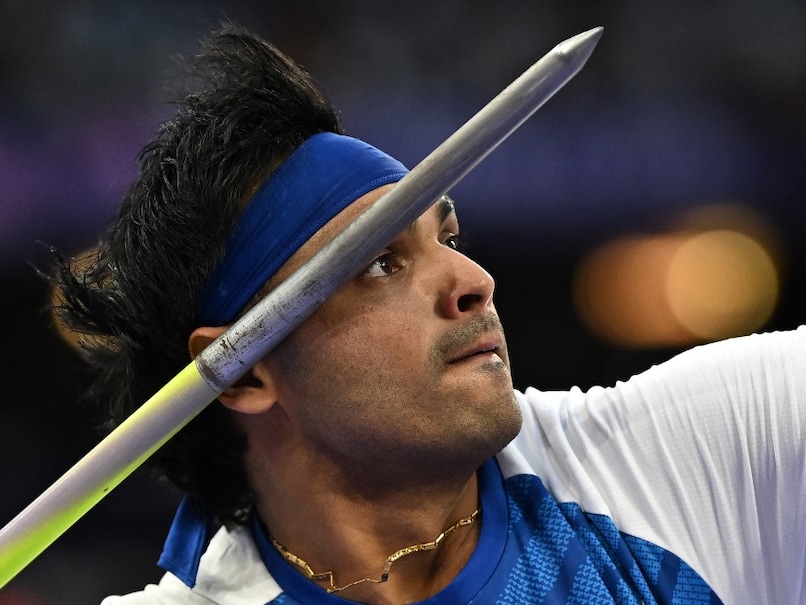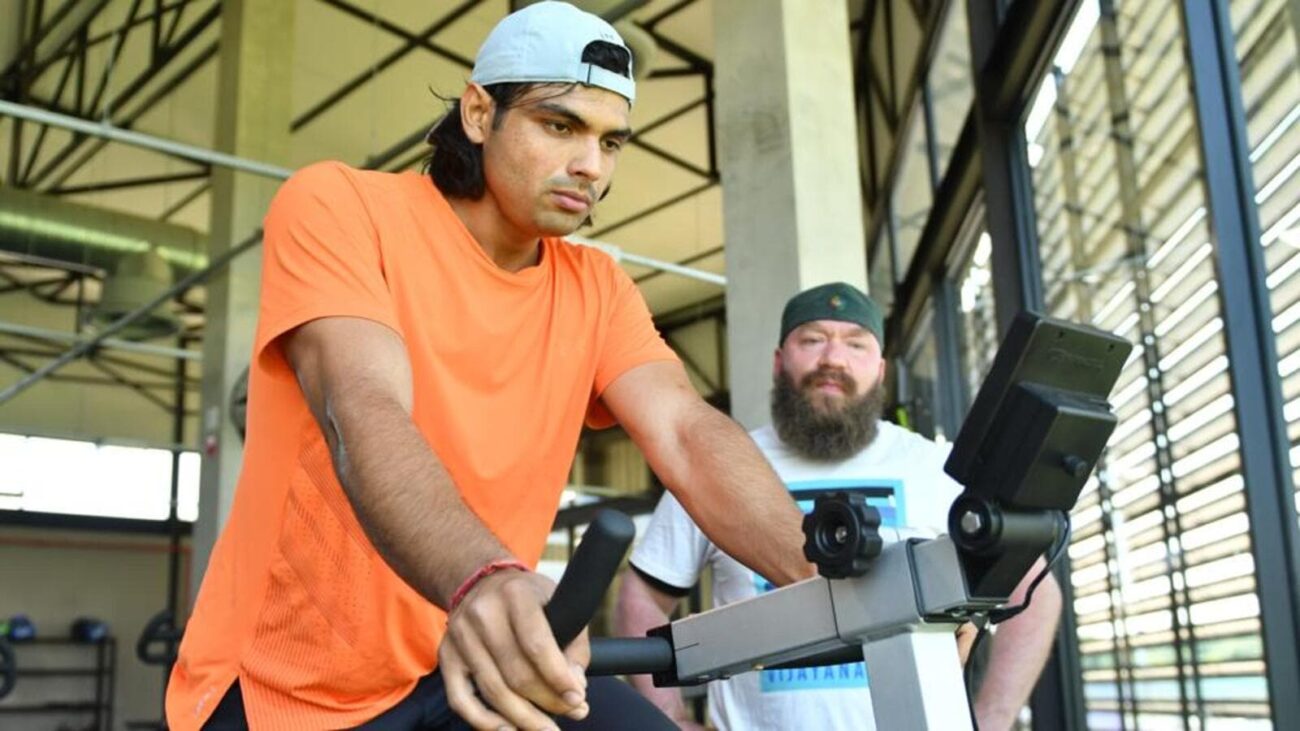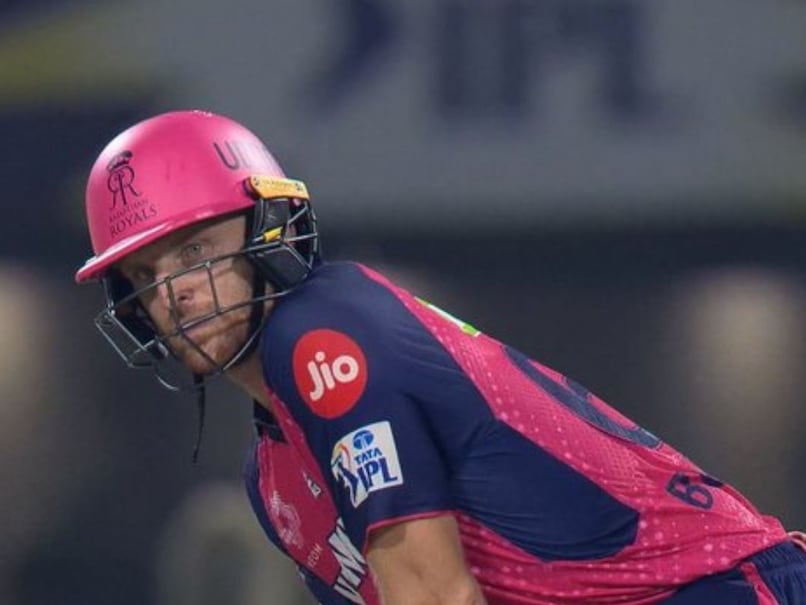Inguinal Hernia: A Silent Threat to Elite Athletes’ Performance
Inguinal Hernia: A Common Challenge for Elite Athletes
An inguinal hernia is a protrusion of abdominal organs through a weakened area in the abdominal wall, typically in the groin region. This condition is prevalent among athletes due to the high physical demands of their sports, which can increase intra-abdominal pressure.
For elite athletes like Neeraj Chopra, an inguinal hernia can significantly impact performance. Chopra, India’s leading track and field athlete, recently revealed that he has been suffering from a long-standing inguinal hernia. Despite the injury, he managed to secure a Silver medal in the Paris Olympics 2024, but his performance was reportedly affected during the men’s javelin final.
Inguinal hernias can cause discomfort, pain, or a visible bulge in the groin, particularly during activities like lifting, coughing, or exercising. For athletes, these symptoms can hinder training and competition.
Surgical repair is typically the recommended treatment for inguinal hernias. Minimally invasive techniques such as laparoscopy or robotics result in less pain and faster recovery. A well-structured rehabilitation program is also crucial for a full recovery, allowing athletes to return to peak performance while minimizing the risk of recurrence.
Dr. Sushruth Shetty, Consultant Gastroenterology, GI Onco and Robotic Surgery at Narayana Health City, Bengaluru, emphasizes the importance of careful management for athletes with inguinal hernias. “The impact of an inguinal hernia can be significant, affecting performance and requiring careful management,” he says.
Dr. Sandeep Aggarwal, Chairman of Manipal Institute of Minimal Access, Bariatric, GI & Robotic Surgery at Manipal Hospital Dwarka, explains that inguinal hernias occur due to weakening and stretching of natural openings in the groin region. Factors like chronic constipation, cough, or straining during urination can contribute to their development.



